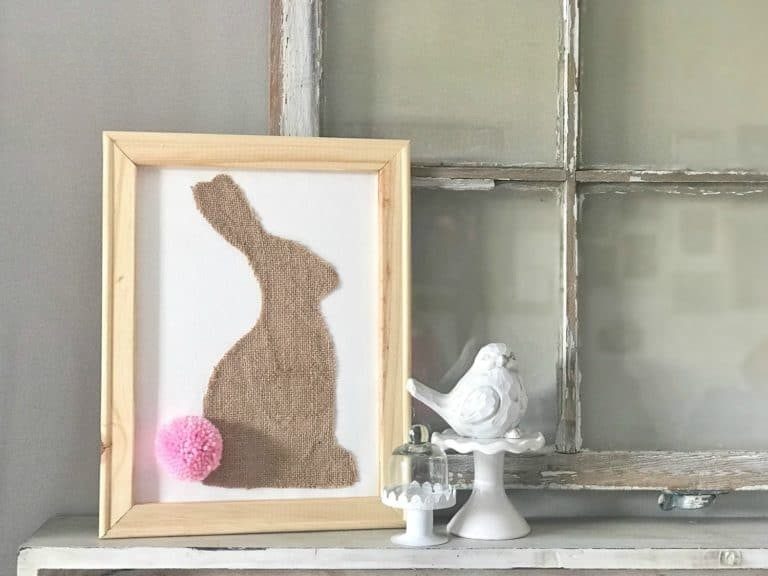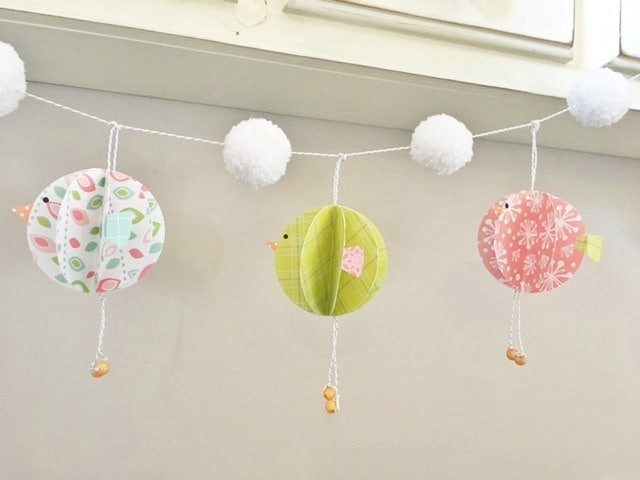Why Do Cricut Shirts Peel? [and How to Prevent It]
Have you ever made custom t-shirts with Iron-on (HTV) only to have it peel up after one wash? Today we’re going to answer the frustrating question “Why do Cricut shirts peel?” by walking through the requirements needed for lasting HTV projects and the steps used to create an Iron-on project that lasts wash after wash.
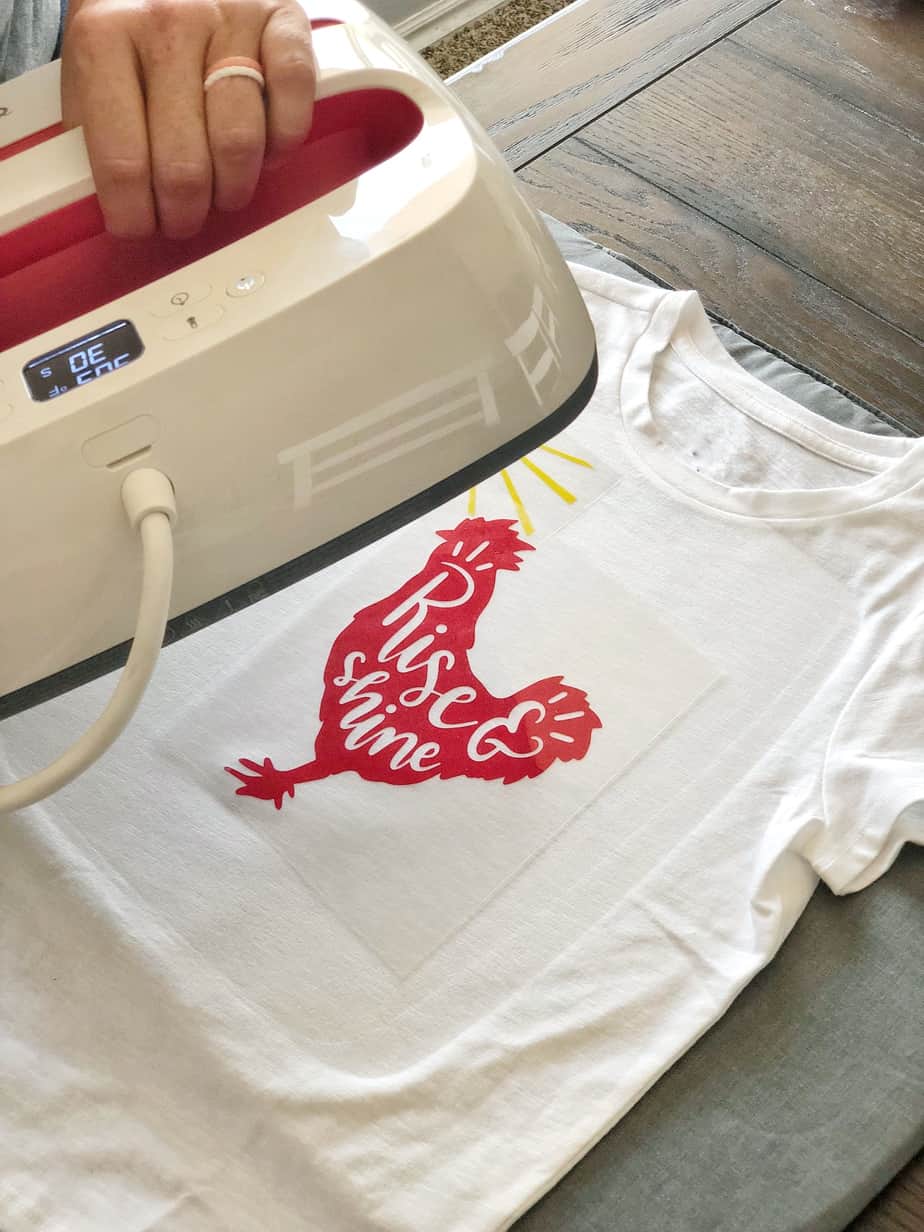
Why Do Cricut Shirts Peel?
Unfortunately, this question can be answered a lot of different ways but in the end they all come down to one of two reasons.
- Improper pressing process.
- Sub-par HTV.
It’s true, not all iron-on brands are the same, the type of HTV you use matters. And, not following the fabric preparation, pressing steps, and washing care can impact how long your iron-on shirt will last without peeling.
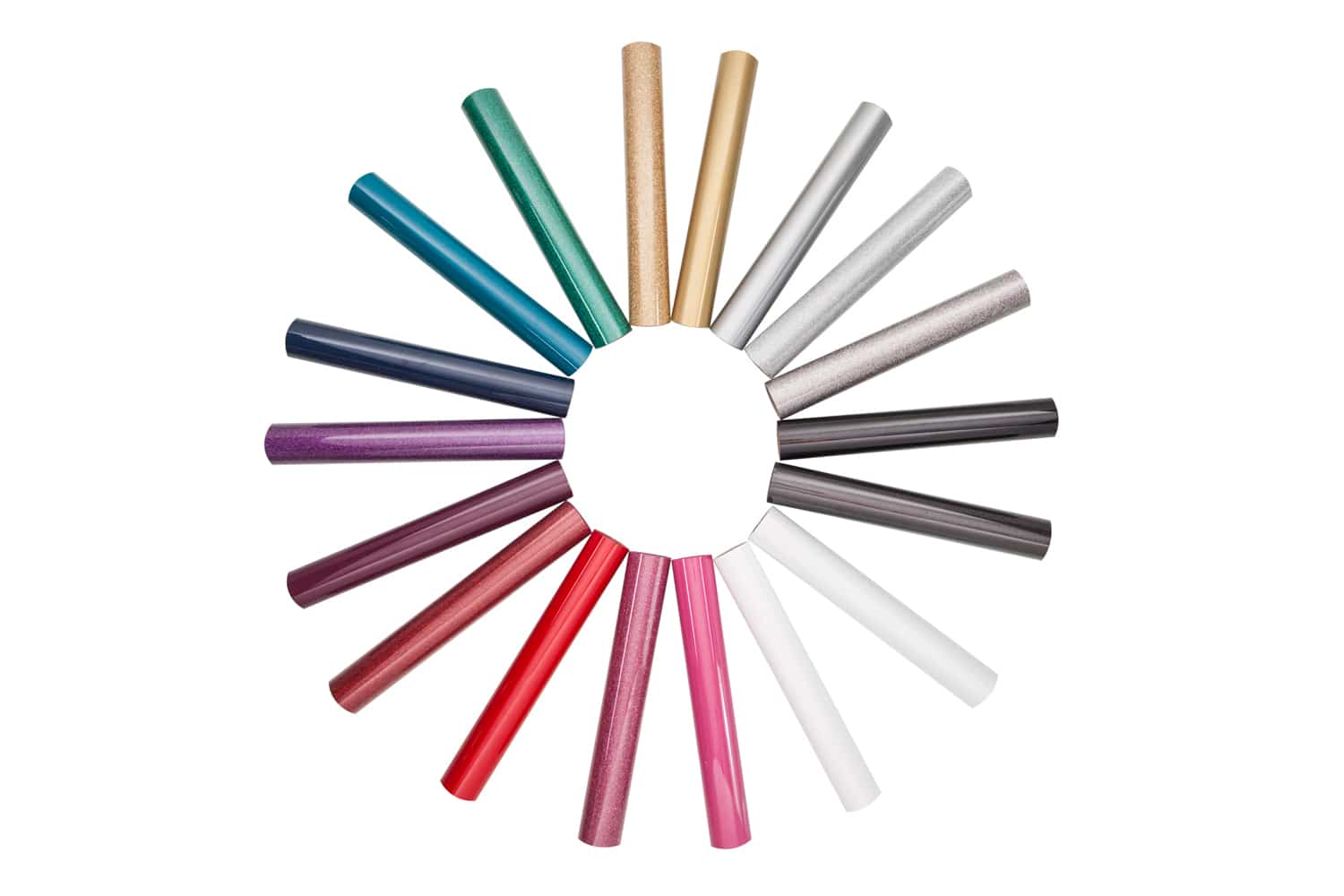
Let’s talk about some of the common reasons Cricut shirts peel.
1. Not Preparing the Blank Properly
Did you know that moisture is an enemy of the HTV adhesive? Every heat transfer vinyl brand I have ever used says to prepress the fabric before applying the HTV.
This prepress removes moisture and wrinkles from the blank. Even if you think your fabric is dry, do not skip this step. Just a few seconds can make a big difference on how long your iron-on vinyl lasts.
Check your blank for any dust, pet hair, or other debris that may come between your HTV and the fabric. I always have a lint roller on hand to make sure I am starting with a clean surface.
Does your HTV recommend washing your fabric before applying HTV? If it does, it probably recommends not using a fabric softener when drying it. Follow those steps.
2. Not Enough Pressure
Regardless of what type of heat source you’re using I always recommend a firm table under the press. If you’re using a traditional clamshell or swing away heat press machine there are pressure settings that you can adjust to make sure you’re getting the right pressure for your material.
If you’re using something like a Cricut EasyPress or even a household iron, never use an ironing board for pressing. An ironing board will flex away from you as you add pressure to the HTV which means you’re not getting good pressure which helps make sure the vinyl sticks to the fabric really well.
If you are using an iron you will need to apply a lot of pressure to the iron to ensure the adhesive sticks.
A good rule of thumb is look at your design after it is pressed to see if you can see the fibers of the fabric in the design. If you can, you have a good press. If you can’t, you may want to press again.
3. Inconsistent Temperatures
Another reason why Cricut shirts peel is inconsistent temperatures on the heating element itself. This is most common when using an iron but can also happen with no-name heat presses.
When Cricut came out with the EasyPress and the Autopress they were determined to have consistent heat across the heating elements because they know it can impact your finished product.

Did you know the coldest part of an iron is the tip. Think about the last time you used an iron to apply HTV to a shirt, did you use that tip to help press down small details? I know I always do. There are also cold spots around all of the holes on an iron which means the temperature can be all over the place.
If you’re worried about the temperature of your iron or even your heat press you can purchase an inexpensive infrared thermometer which can help you check the actual temperature vs. what you think it is or what the display is telling you.
4. Thick Seams
The best option when adding a HTV design to a shirt is to avoid pressing over any seams whenever possible. If you need to press on or around seams I recommend using something like heat transfer pillows to help lift the area you’re applying the design to up above those seams.
Thick seams, like those on a baby onesie can cause inconsistent contact with the heat surface and the fabric. Having a raised area to add the design to can help ensure the whole design is getting enough pressure to make the adhesive stick.
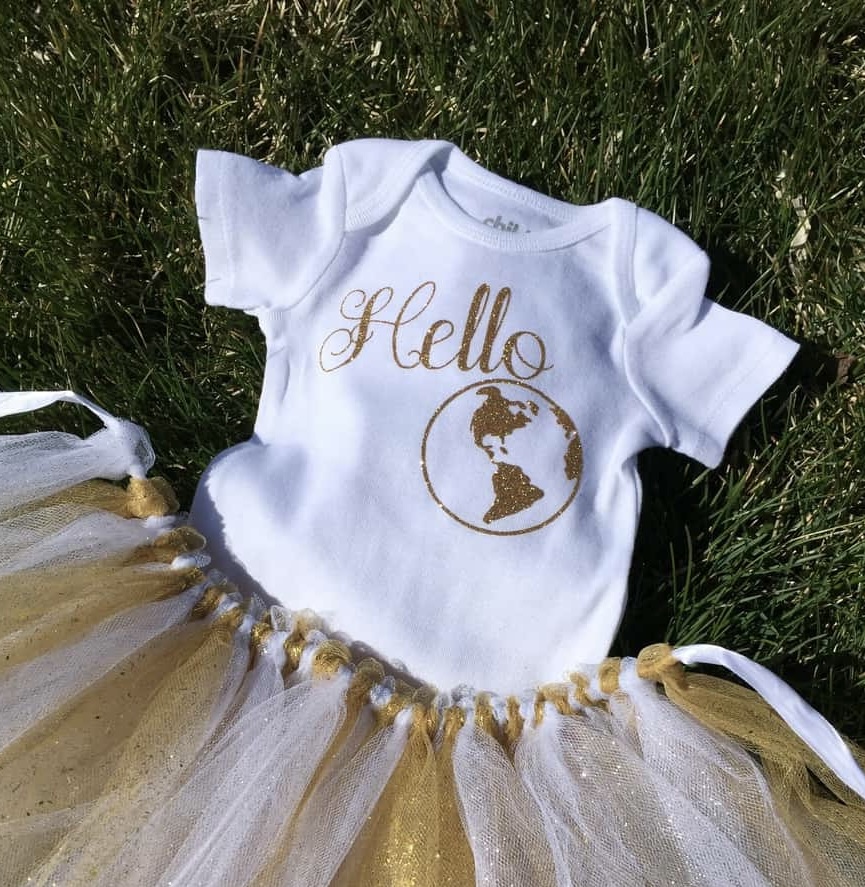
5. Not Enough Heat
We talked about inconsistent temperatures above but now I’m talking about not having your heat press hot enough. It is always a good idea to not assume you know what you’re doing, especially when using a new product.
Siser Easyweed may have a different time and temperature than Cricut Iron-on Vinyl. Regular HTV and glitter HTV will have different temperatures and possibly different timing.
Always check the recommended time and temperature for the htv material you’re using and the blank you’re using. A shirt that is 100% cotton will probably have a higher temperature or longer press time than polyester blends.
6. Too Much Heat
Did you know that you can actually deactivate the adhesive on HTV if you press it for too long or at too high of a temperature? The easiest way to make sure this doesn’t happen to you is to check the instructions for the application process and follow them, at least in the beginning.
I am not guaranteeing that you will never have to make an adjustment. Sometimes new shirts have a chemical on them that can prevent the adhesive from sticking. You may find that you have to press it for a little longer to get it to stick.

7. Bad HTV
There are a few reasons you may have bad HTV. One of those reasons can be the brand itself. Personally, I do not purchase no-name HTV, you simply don’t know what you’re getting. The quality of the vinyl can have serious impact on your finished product.
Some people have great luck buying whatever is inexpensive at the craft store or on Amazon and some people have nothing but nightmares with those same materials.
For me, it’s just not worth it to go through the work of creating a design, cutting it out, weeding the whole thing, and pressing it to a shirt to have it lift after one washing.
If you’re selling the items you make and you’re having to replace items because they peeled after one wash are you really saving any money using a cheaper vinyl?
Another reason your vinyl may be bad is because it’s old. I can’t tell you exactly what the shelf life of an HTV material would be, I’ve had some a long time and they seem to work just fine. But just like anything else, the adhesive can break down over time so if you’re using an old HTV you may want to test it before using it for products you’re selling or giving as gifts.
8. Peeling the Carrier Sheet Too Soon or Too Late
A common mistake that can cause Cricut shirts to peel can be because you didn’t follow the instructions for removing the carrier sheet.
Some brands and types of HTV call for a cold peel and some call for a warm peel. If your iron-on vinyl calls for a warm peel do not peel the carrier sheet off as soon as you’re done pressing. It says warm, not hot.
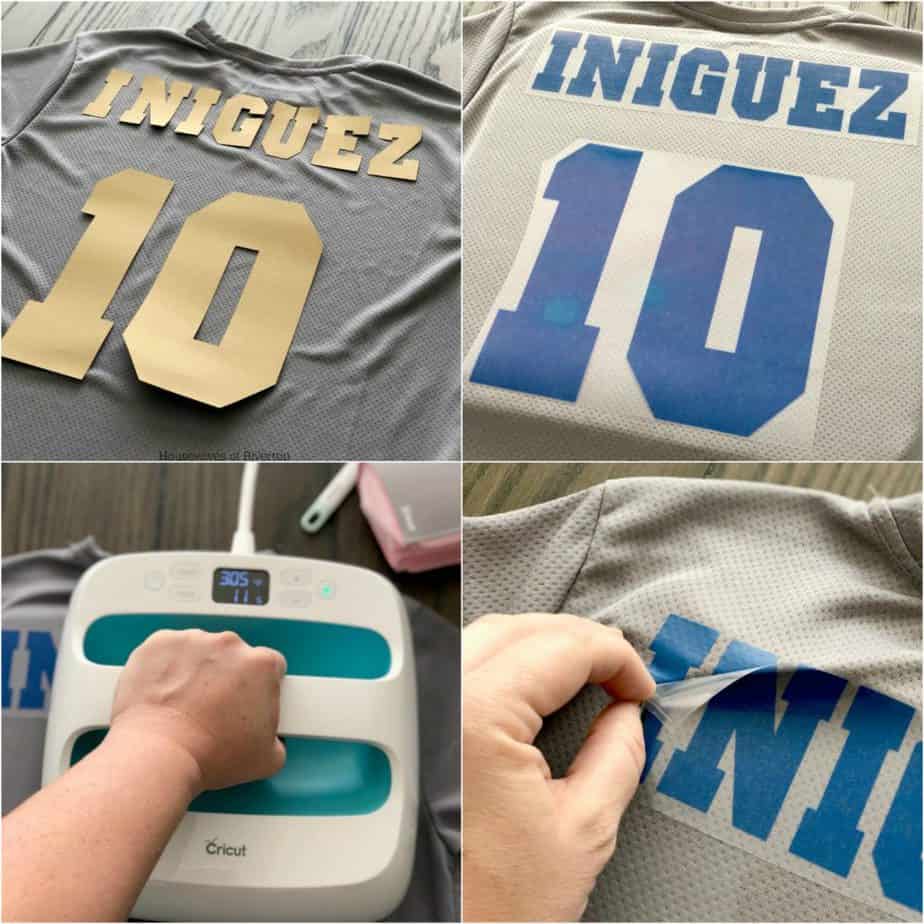
The adhesive needs a few seconds to adhere to the fibers of the shirt. If it’s too hot it can lift as you remove the carrier sheet even if your time and temperature were correct.
I do not recommend hot peeling and I don’t believe I’ve ever seen it recommended on any brand of HTV I’ve used.
If you’re using a specialty vinyl like Foil iron-on make sure you allow it to cool all the way before removing the carrier sheet. I have found that removing the sheet while it is still warm causes wrinkles and lines in the HTV. Those are eliminated by allowing the HTV to cool completely before peeling that carrier sheet back.
9. Not Following Washing and Drying Instructions
Another reason you may be dealing with your HTV peeling is that you’re not following the washing and drying instructions.
A general rule of thumb is to allow the finished product to sit for 24 hours before washing or wearing to really give the adhesive time to adhere to the fabric.
If you’re using a washing machine make sure you wash with cold water on a gentle cycle inside out. Do not dry at a high temperature. If you’re drying in a dryer use low heat and don’t use fabric softener. I like to hang my HTV shirts to lengthen the life of the product.
If you are selling or gifting your items make sure you include care instructions to help the receiver have success with their shirt wash after wash.
10. Use a Protective Paper When Called For to Prevent Your Cricut Shirt from Peeling
If you’re using a delicate fabric or certain brands of HTV it may recommend you use a protective paper over the top while pressing. This can be a Teflon sheet, thin towel or pillow case, the Cricut Iron-on Protective Sheet, or even parchment paper.
I do not recommend using wax paper as it can melt with the high heats and make a mess of your project.
The type of paper you use may impact the finished product, Make sure you’re using something that is recommended.
11. Layering HTV in the Wrong Order
A common problem people have that leads to peeling vinyl is layering HTV in the wrong order. Some types of heat transfer vinyl are top layer only. These include glitter, foil, sparkle, and even patterned HTV.
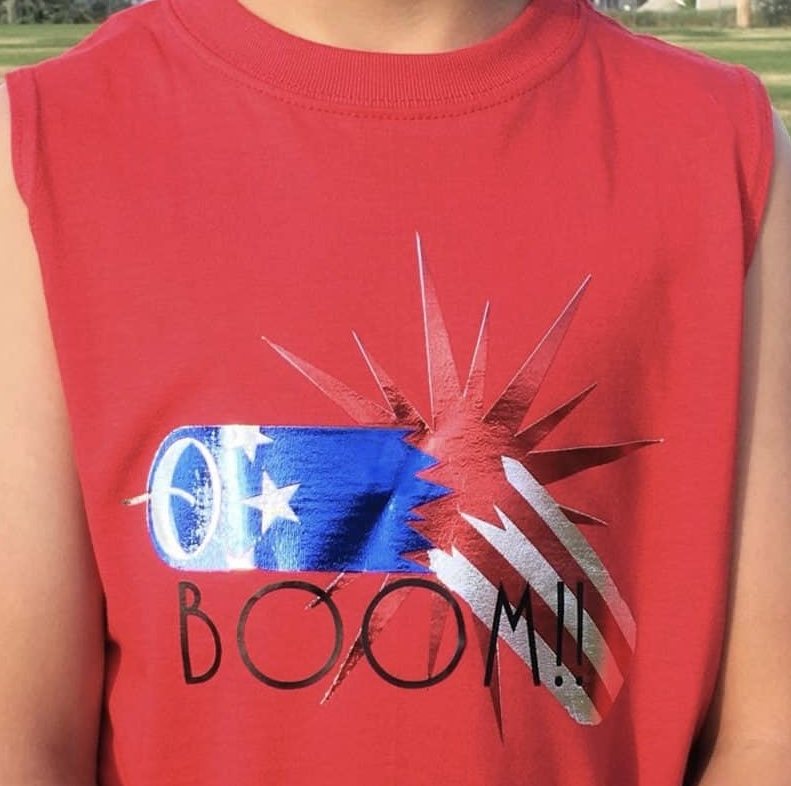
Whenever you’re layering HTV make sure you read the instructions to find out if it can be a base layer or if it should only be used on top.
12. Exposure to Heat and Sunlight
Long-term direct exposure to sunlight or excessive heat can cause HTV to peel prematurely. Those extreme temperatures can break down the adhesive or even reactivate the glue causing it to lift long before it’s time.
Avoid leaving shirts with iron-on designs in your car or out side for too long to help extend the life of your shirt.
How to Fix a Cricut Shirt that is Peeling and Prevent it Happening in the Future
There are a few things you can do if your HTV has started to peel.
- Press Again: Make sure the design is flattened back out and then cover with a pressing cloth. Apply heat with firm pressure for the recommend time to re-bond the adhesive. I have had success with this process but it does require a really firm press and you may have to do it again the next time you wash it.
- Check Washing Instructions: Are you following the recommendations from your vinyl manufacturer? Using harsh detergents or high temperatures can shorten the life of your HTV adhesive. It’s possible that your dryer is drying hotter than you think or that your washer water is hotter than you think. Try switching to cold water and air drying to see if that helps.
- Evaluate Your Application Technique: Are you following the recommended time, temperature, and pressure settings? Did you pre-press and press from the back? Making changes to the application process can help prevent peeling in the future.
- Is Your Design Intricate?: Thin lines and intricate designs are prone to peeling with both HTV and regular adhesive vinyl because they simply do not have a lot of adhesive. If your design includes thin lines you may want to try a different process like sublimation or DTF transfers for longer lasting results.
- Is Your Vinyl Bad?: If you’re following the instructions for both applying and washing your HTV it’s possible you have old vinyl or a bad brand. Try switching to a higher-quality HTV like Cricut Iron-on or Siser HTV and see if you don’t get more life out of your HTV shirts.
Final Thoughts on Why Do Cricut Shirts Peel
I hope I’ve helped answer that frustrating question “Why do Cricut shirts peel?” in a way that makes you feel confident moving forward with your HTV projects. Following these tips and making sure to use the correct type of vinyl for your project should help extend the life of your HTV products.
If you’re just starting out, always read the instructions and recommendations for the type of HTV you’re using. Any time you use a new brand or a new type of HTV double heck all of your settings.
You may find the Cricut Heat Guide is a great resource if you happen to purchase a brand that doesn’t include instructions. Following the steps in Cricut Design Space is also helpful as you’re moving through the cutting process. Having a clean cut can also impact your finished project.
I have made hundreds of shirts using HTV over the years and have had great success in having them last wash after wash using these tips.
If you have any additional questions about our topic today Why do Cricut shirts peel? Leave them in the comments and I’ll be happy to answer them for you.

Jenn has years of experience crafting and working with Cricut machines. After years of teaching people how to use their Cricut machines as an employee of Cricut Jenn has loved continuing to share her knowledge on her YouTube channel and sister site Creativehousewives.com.
Follow along on Instagram for daily crafting inspiration!

